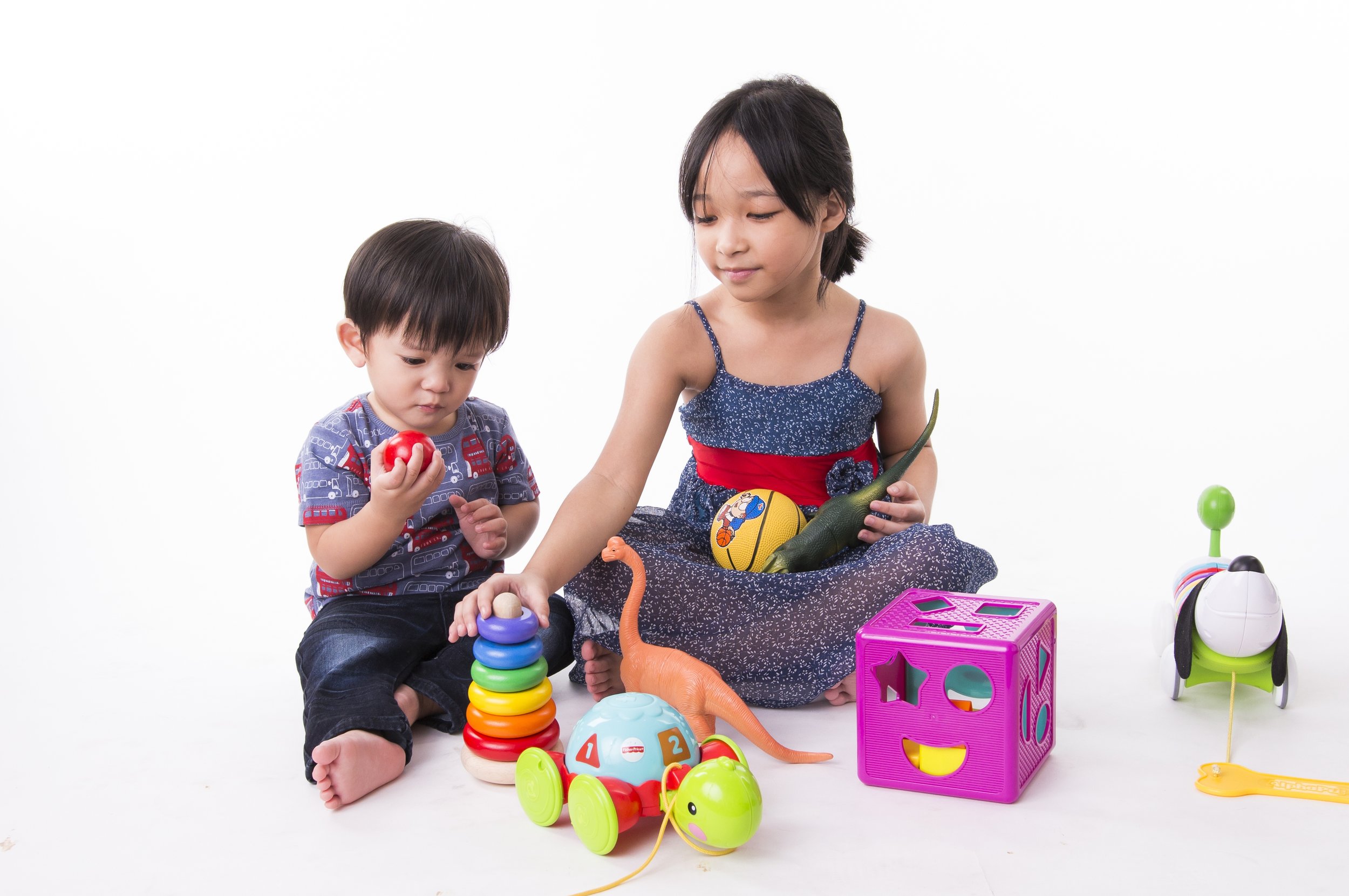Typical in most Filipino homes these days is the sight of mom, dad, and kids all together in the living room, but each one in front of a screen of one type or another. Mom is on her iPad, catching up on current events. Dad is on his cellphone, chatting with his friends. And the kids, they’re playing video games. It is a most heartbreaking sight. While the family maybe physically together, they may well be as far away from each other as the Earth is to the moon.
Gadgets and social media have brought on hours and hours of information, interaction, and entertainment among children and adults. But as more and more families are coming to realize, there is no replacement for real-time, real-life connections in building healthy and happy families.
The author of Family Goals: Embracing the Imperfections of Family Life, Registered Psychologist and Registered Guidance Counselor Michele S. Alignay underscores the importance of unplugging from gadgets and social media for both parents and children.
Children need to have the proper balance between real life play and the appropriate amount of gadget time as they are in that period of developing crucial physical, cognitive, psycho-emotional, and social skills.
She says, “Giving too much gadget time tends to alter the natural pace of development which are expected of kids as they go through the real world. Unplugging from screen time is a must to balance their development, calm their brains, and allow them to learn skills without being dependent on social media stimulation.”
Children who spend too much time on gadgets and social media may be affected in a number of ways, Alignay says.
#1: Too much screen time can result in focus and attention problems, says Alignay. Kids with attention problems may get easily bored with real life matters. They don’t know how to handle boredom on their own. And so, says Alignay, “Reading, learning, staying on task, problem solving, and other higher thinking skills are affected.”
#2: Early exposure and too much gadget time can result in learning and developmental delays among young children, she says. Because some of their brain processes may have been altered, these kids may have a hard time speaking as they have become passive learners. The passivity brought on by too much time on gadgets may also result in delays in walking. They may even encounter learning problems.
#3: Because these kids are so far removed from real world interactions, they may end up lacking social skills. Alignay says, “The kids may have a hard time naming and managing emotions. It may also be hard for them to handle real life issues.”
#4: Because children who spend a lot of time online are used to multitasking, they think that know a lot. Alignay says, “But the problem is that they fail to filter all the information that they gather. There is a failure on reflecting on what they have learned and creating solutions that are relevant and even moral.”

In this regard, Alignay encourages parents to be their children’s digital managers.
She says, “Children should experience life and learn life skills. They should play and engage in the real world to have a healthy well-balanced development. It is up to the parents to ensure that their children grow healthy through developmentally appropriate means. The only way for that to happen is to create the proper limits in children’s gadget time. Children need to be immersed in the real world. They can use gadgets, but their lives should not be anchored to them.”
Alignay, who is a mom of two, treats gadget time as privileges for her kids. The privilege of using gadgets is taken away when needed. The privilege may be given back when her kids meet their expectations of good behavior and school performance. “Through this paradigm, my kids know that they cannot have gadget time anytime they want,” she says.
At home, Alignay proposes some guidelines by which parents can manage their children’s gadget time:
#1: Encourage only specific applications, games, and websites.
#2: Whenever needed, there should always be an adult who would watch over them or process the experience with them.
#3: Designate unplug times like during dinner, Sunday, or family day.
#4: Set the proper limits on when and how long can kids have gadget access. She says, “My daughter uses the tablet for 30 minutes a day only. My son is allowed two hours on Friday and Saturday only.”
#5: Give alternative activities. “If they have an hour of gadget time, engage them in play or other tasks like reading afterwards.”
#6: Last but not least, Alignay advises parents to unplug their children now rather than suffer the long time consequence of gadget addiction later on.
Photos by Stanley Ong


Leave a Reply